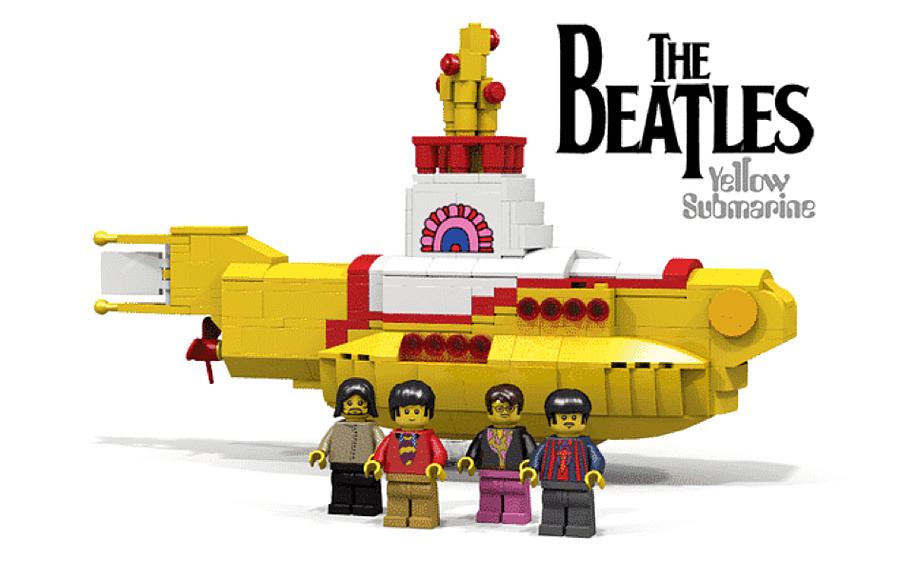Beyond the "recommendation" effect, developing and nurturing a customer community has many advantages, including being a real lever for innovation and effectively supplementing customer service. Some sectors, such as fashion and mass retail, have not been mistaken.
What if software vendors decided to take inspiration from it to boost their business?
Here is everything your customer community could do for you.
1. Make people want to choose your solution
From TripAdvisor to Trust Pilot, it is difficult today to choose a product or make a purchase without first putting the brand through the wringer of comparison sites and customer reviews! The software world is obviously no exception, with platforms like appvizer, to name just one.
The difficulty is that you have no control over what happens on these platforms...
Creating and nurturing your own customer community means offering your biggest fans a space to express how much they appreciate you.
And that's already pretty good. At least, judging by the results of a clothing brand like ASOS, which, for example, observed a 45% increase in spontaneous mentions of its brand among the "ASOS Insiders"...
2. Ensure the success of your upcoming modules.
Another good aspect of customer communities is that they are a true goldmine of inspiration and good ideas to fuel internal innovation and guide R&D investments.
The toy brand LEGO, for example, has developed a strategy via social networks and its LEGO Ideas platform to identify its future bestsellers. The selection of new models to be marketed is carried out through a consultative and collaborative process, which notably led to the Beatles' "Yellow Submarine" model!
Others, like Decathlon, go even further in co-designing their products with their community of customers, establishing direct collaboration between development teams and users, who sometimes offer very specific ideas on how to solve a technical problem or an unsatisfactory use case.
Software vendors are generally comfortable in this area, as developers are often highly involved with users to resolve bugs or limitations and take note of change requests.
3. Test and improve your new applications.
Similarly, Société Générale has chosen to rely on its customers to create "le LAB" a community of beta testers that allows it to optimize the operation of its mobile application.
As soon as the bank wants to integrate a new feature into the app, the developers first put it online in the LAB. Users can then try it out in preview and give their feedback.
They can also give their opinion on the design, color, etc. The goal is to develop the solution that most closely matches the needs and expectations of its customers.
4. Nurture interest in your solution
As we've already mentioned, customer communities are also excellent channels for visibility, awareness, credibility, and influence!
By involving their customers in the design of their products, LEGO and Decathlon not only ensure that they "meet their audience" upon release, but they also create a real teasing of the future product and thus generate a strong anticipation effect around it!
Without going that far, sometimes it's enough to reward your best customers for their loyalty or their frequent use of your solution to create a buzz around your brand: this is what the start-up Tilkee perfectly achieved by sending its "Black Card" to its 100 best customers, which was well relayed on social networks.
5. Effectively support your users
Finally, customer communities are a real asset in terms of Customer Care. User forums sometimes prove to be more responsive than support teams, and your dedicated users are the best Happiness Managers!
The most active mutual aid communities can come from unexpected sectors: every day, for example, more than a hundred questions receive an average of four answers from enthusiasts on the online fishing equipment sales site pecheurs.com!
The community support chats of SNCF (French National Railway Company) and BlaBlaCar are run by experienced users, with a proven positive impact on the conversion rates observed on their sites!
One of our clients, a manufacturer of photovoltaic panels, found that their customer community on WhatsApp became their best support system and achieved immediate success with their products' installer craftsmen: the speed and relevance of the answers provided were unmatched in resolving their clients' technical difficulties. This allowed them to quickly identify areas for product improvement.
These approaches can be widely applied in the software publishing sector and contribute to your growth.
In all cases, the success of a customer community should not be left to chance and relies on compliance with a few good practices and key steps:
- Define a goal for your community: what should it contribute (to my company and its members)?
- Define a target (What type of customers? How to identify them? How to "recruit" them? How to "retain" them?)
- Choosing the channel: social networks, specialized platform...? (Which channel will be the most relevant to engage this community? Ensuring that its members autonomously keep it active?)
- Define transparent rules (for facilitation, participation/contribution).
- Reward and recognize the most active customers (points/benefits systems, gift vouchers, highlighting, rewards...)
- Establish an effective internal organization to animate the community and use the feedback generated (improvement of products / services, customer relations)
The examples cited in this article are largely inspired by these sources:
https://potion.social/fr/blog/communaute-de-clients-4-exemples-concrets/
Examples (and a comparison) of platforms dedicated to managing online communities:
To go further and learn more about targeting and building a customer file, you can also watch our webinar:





